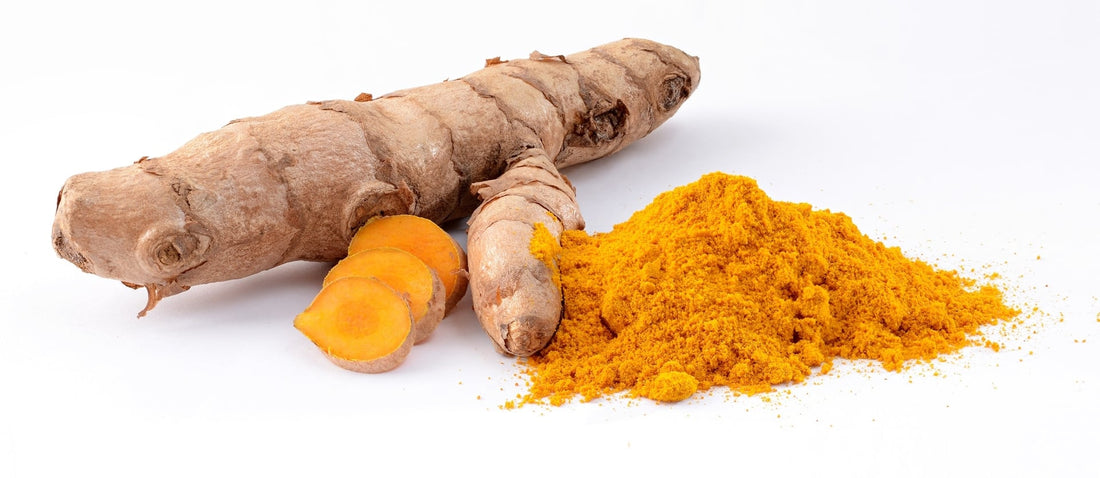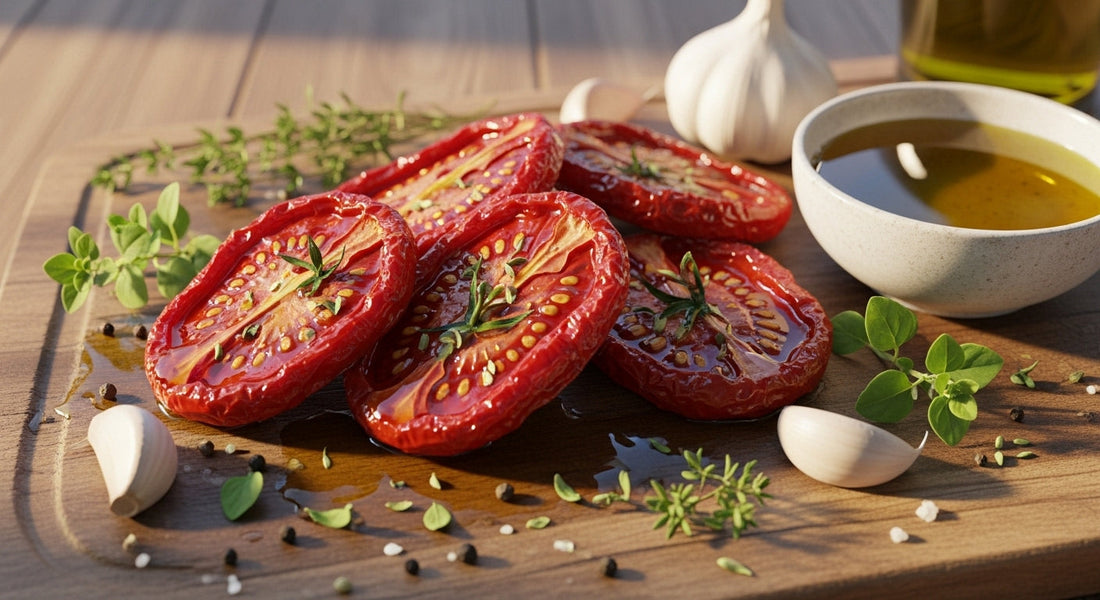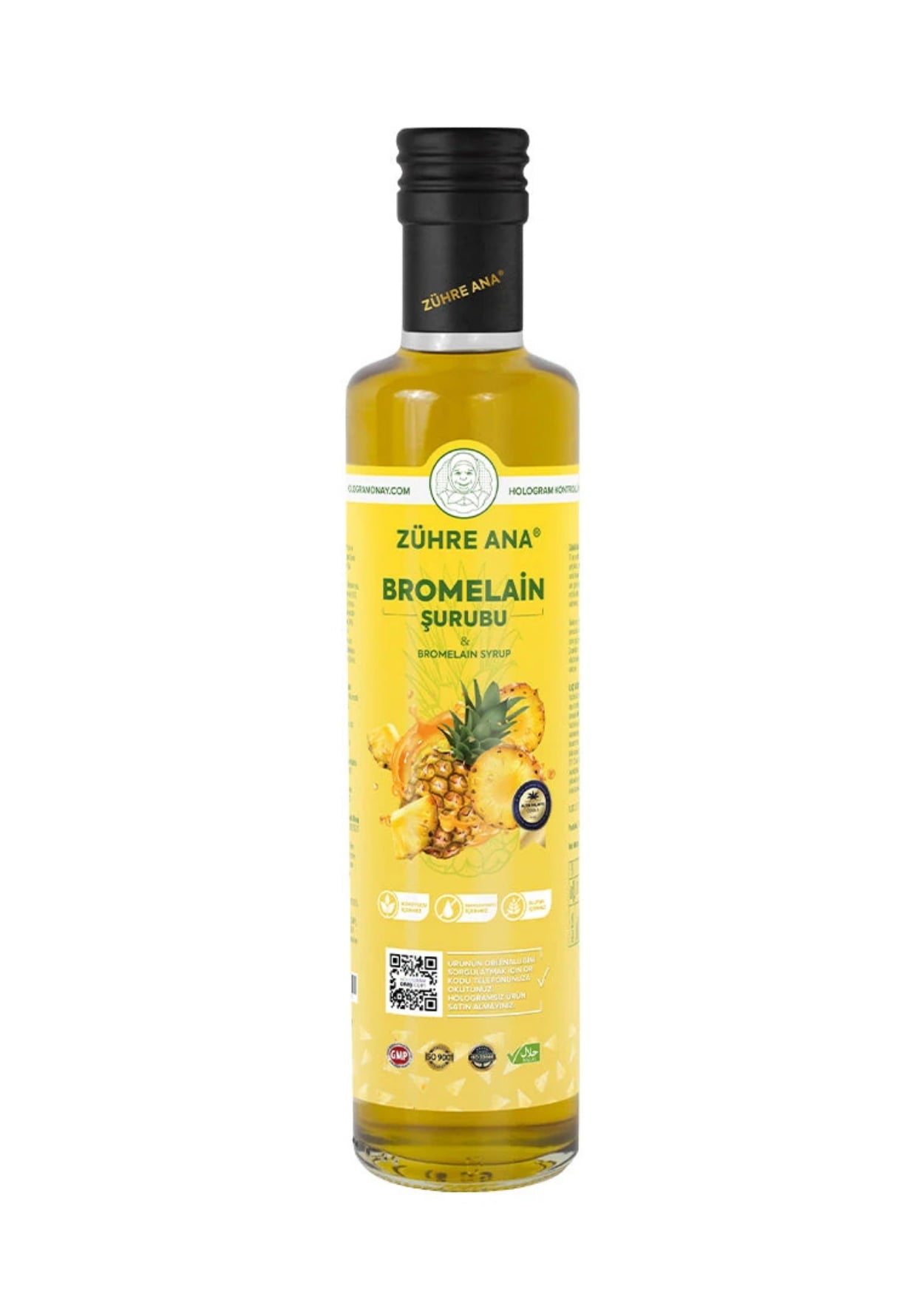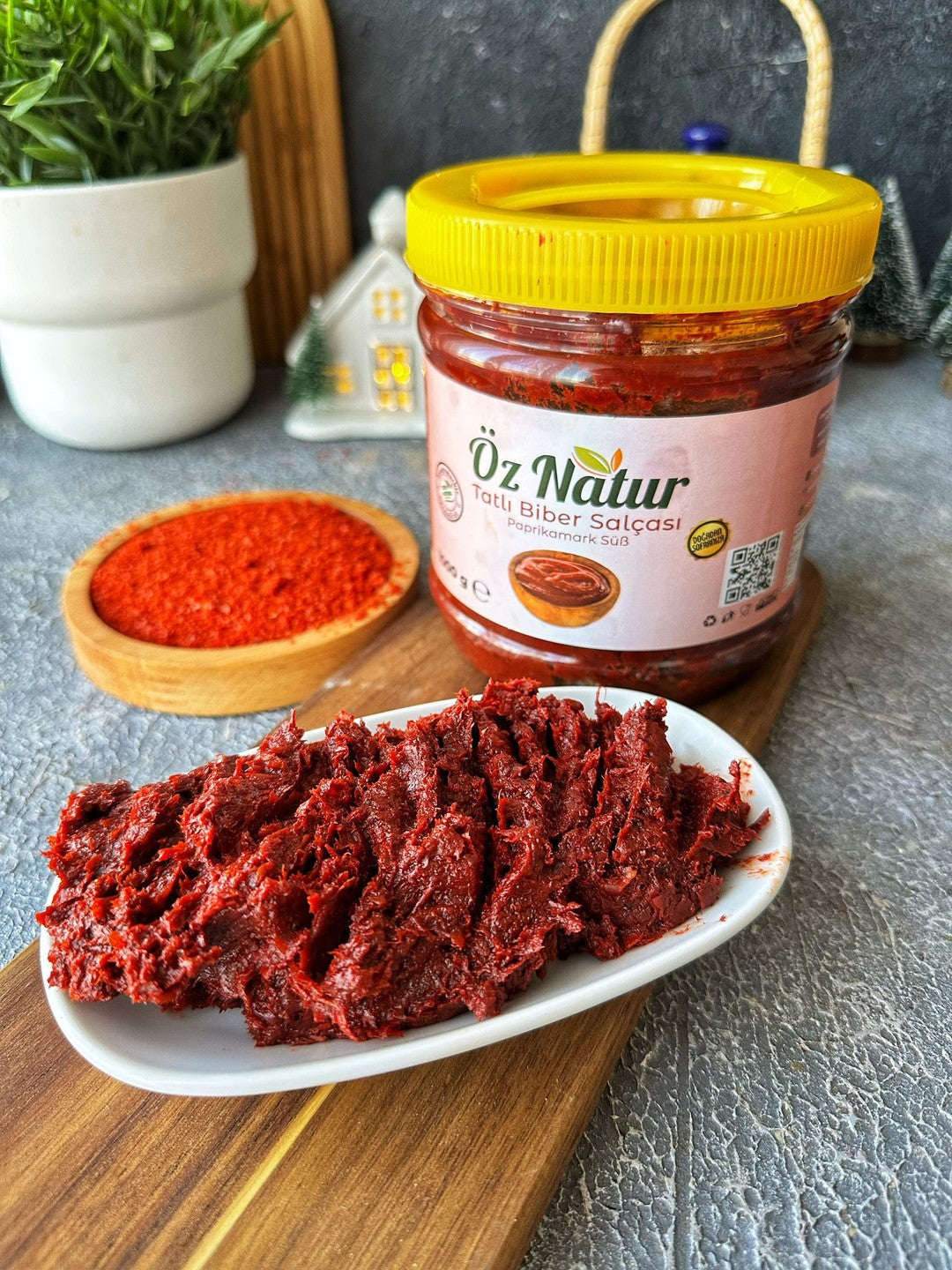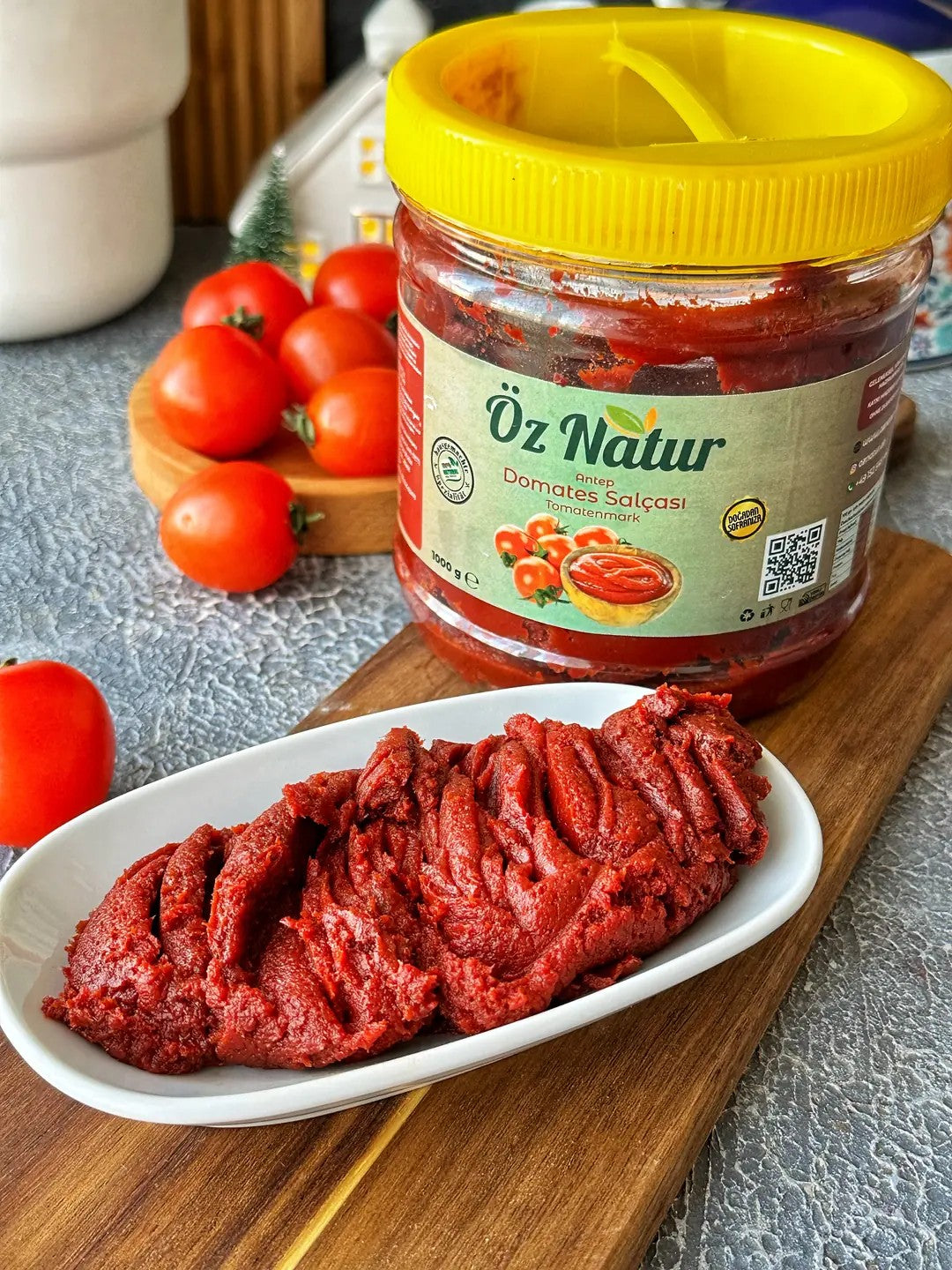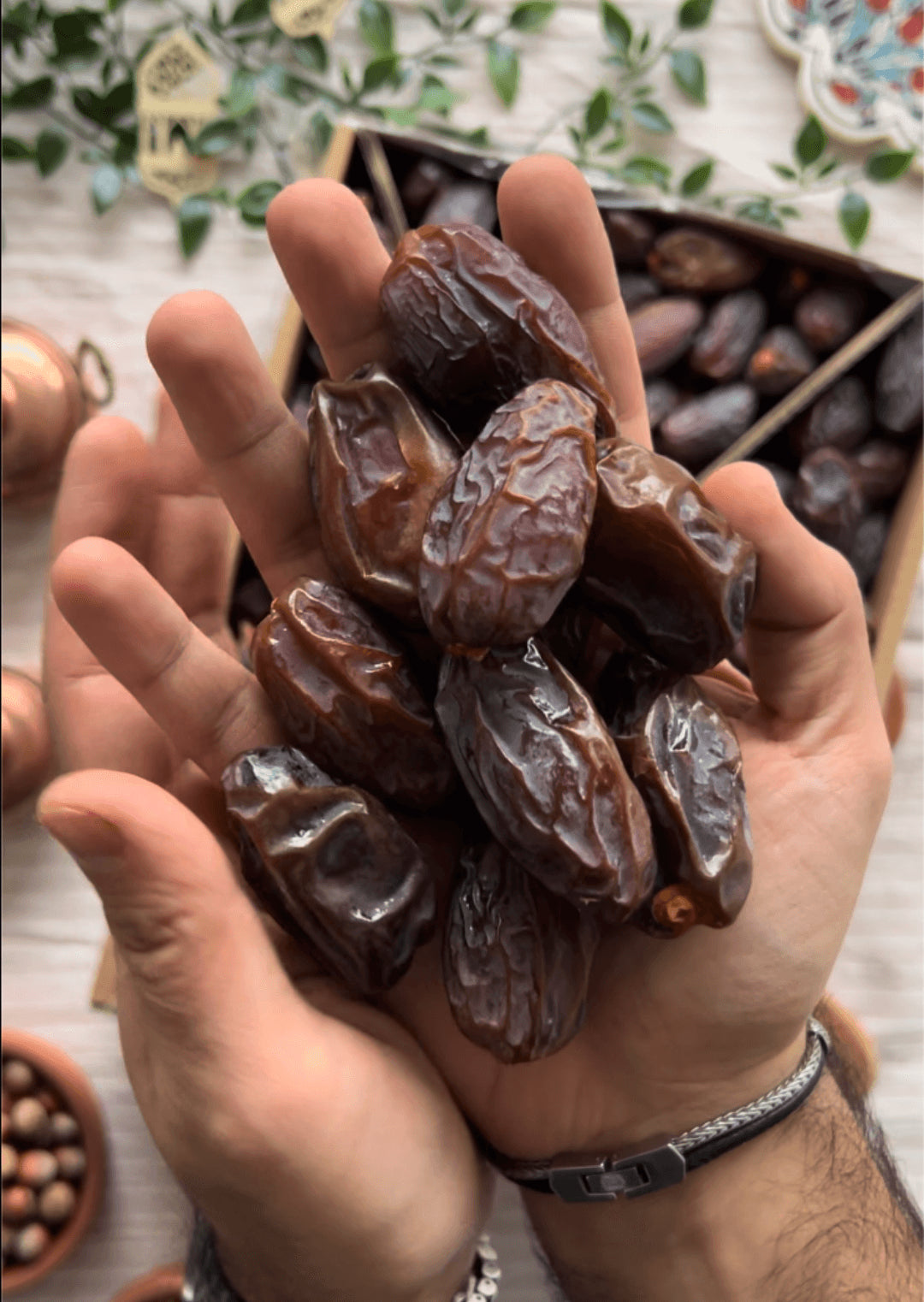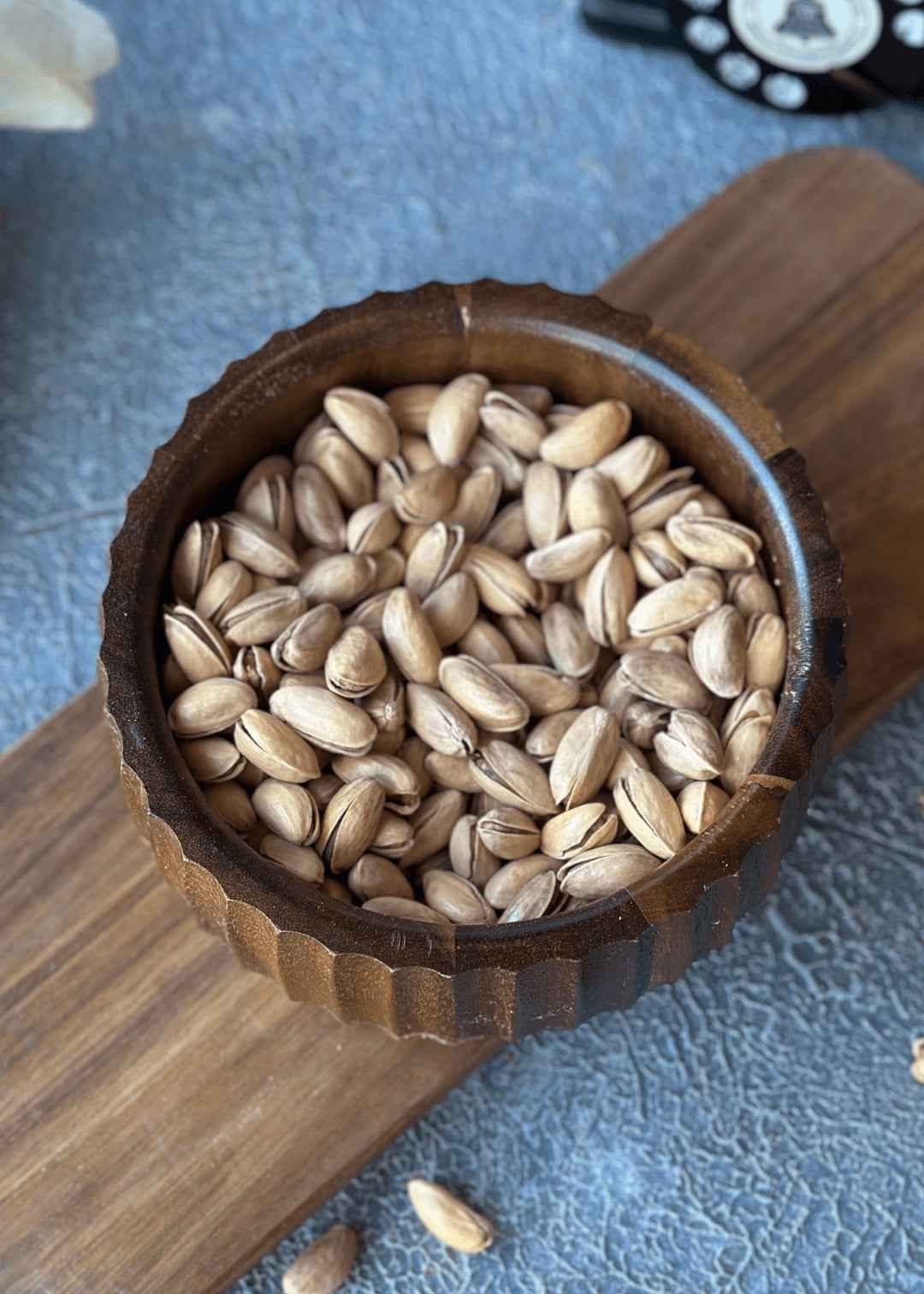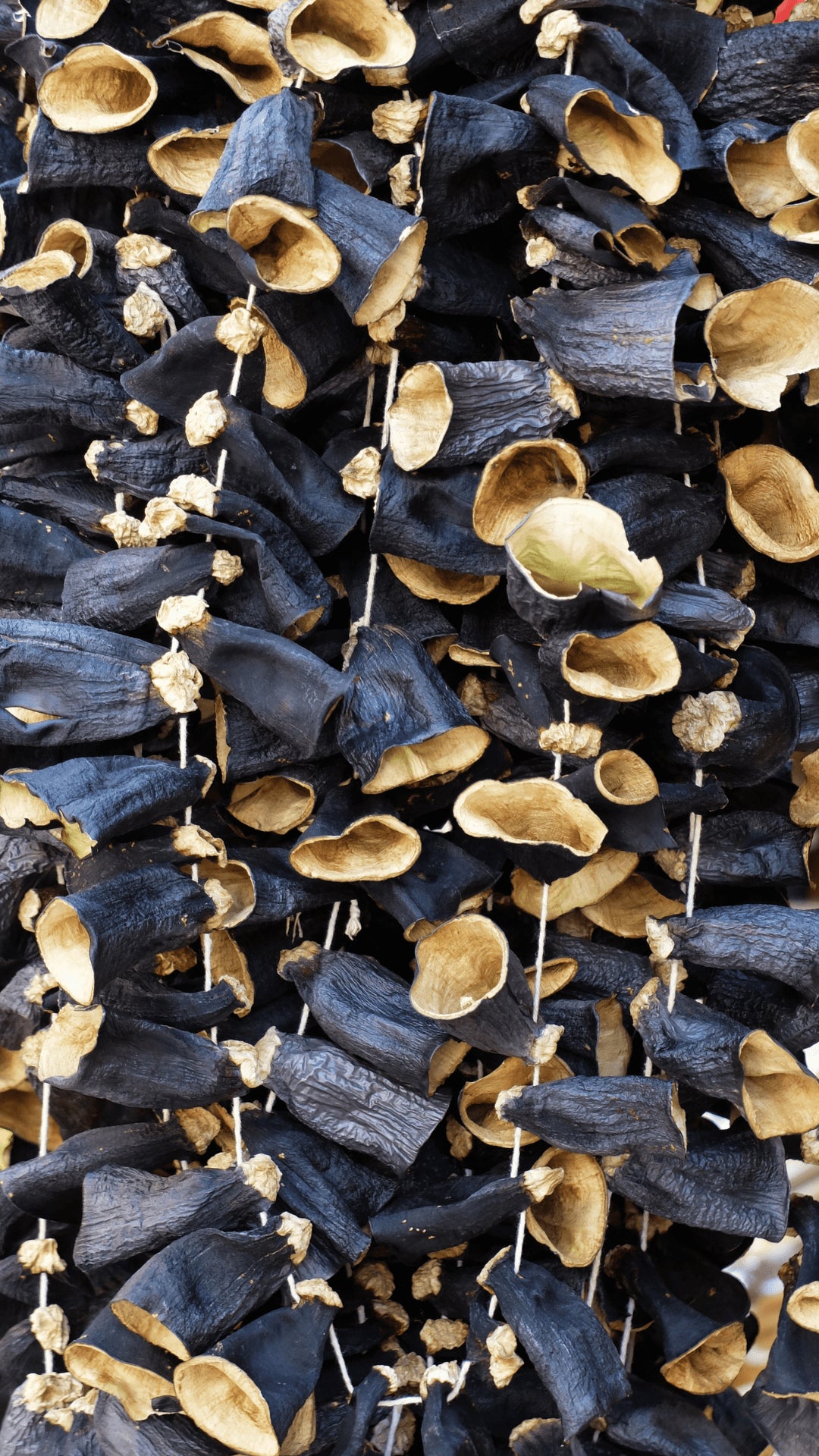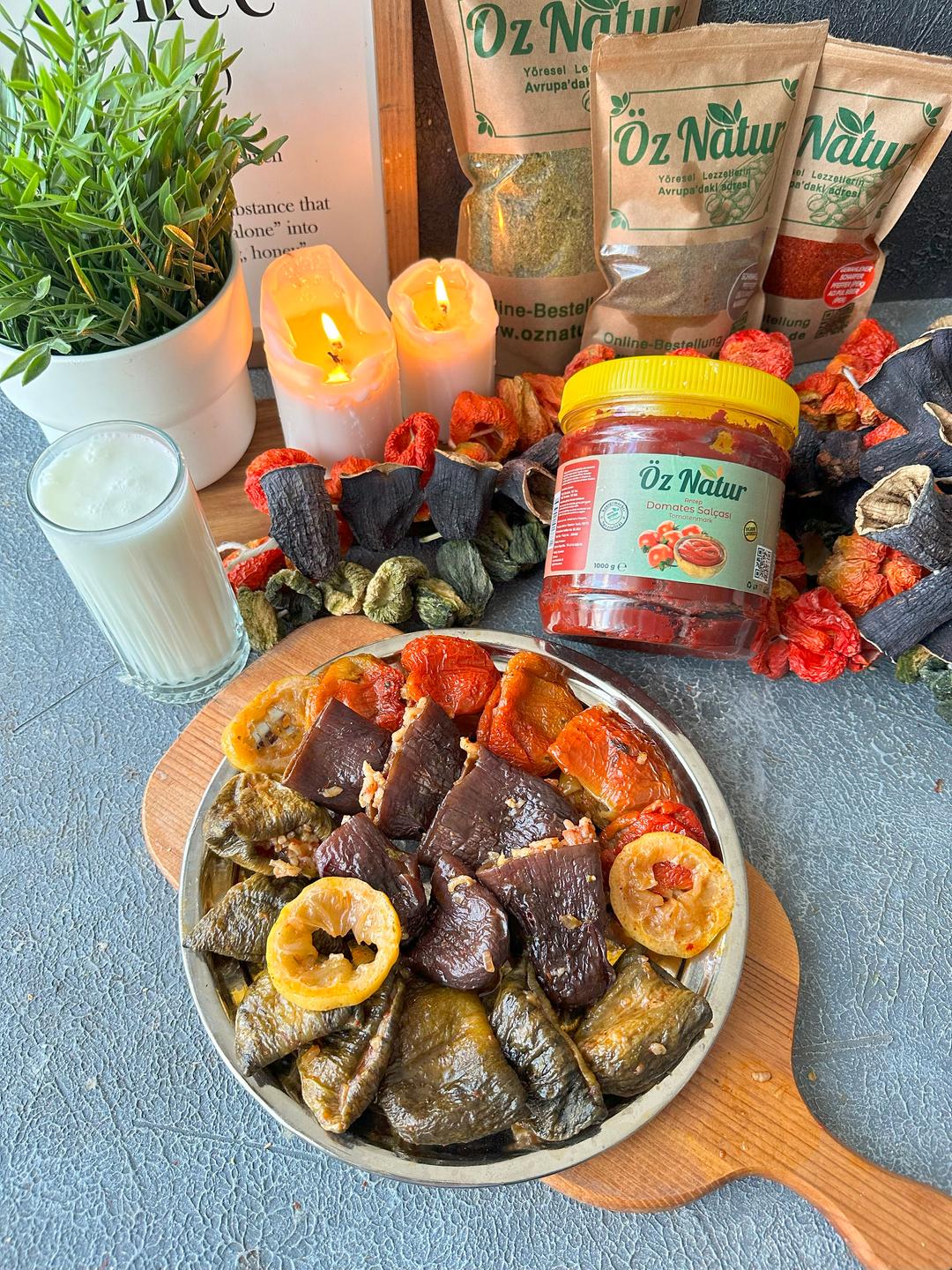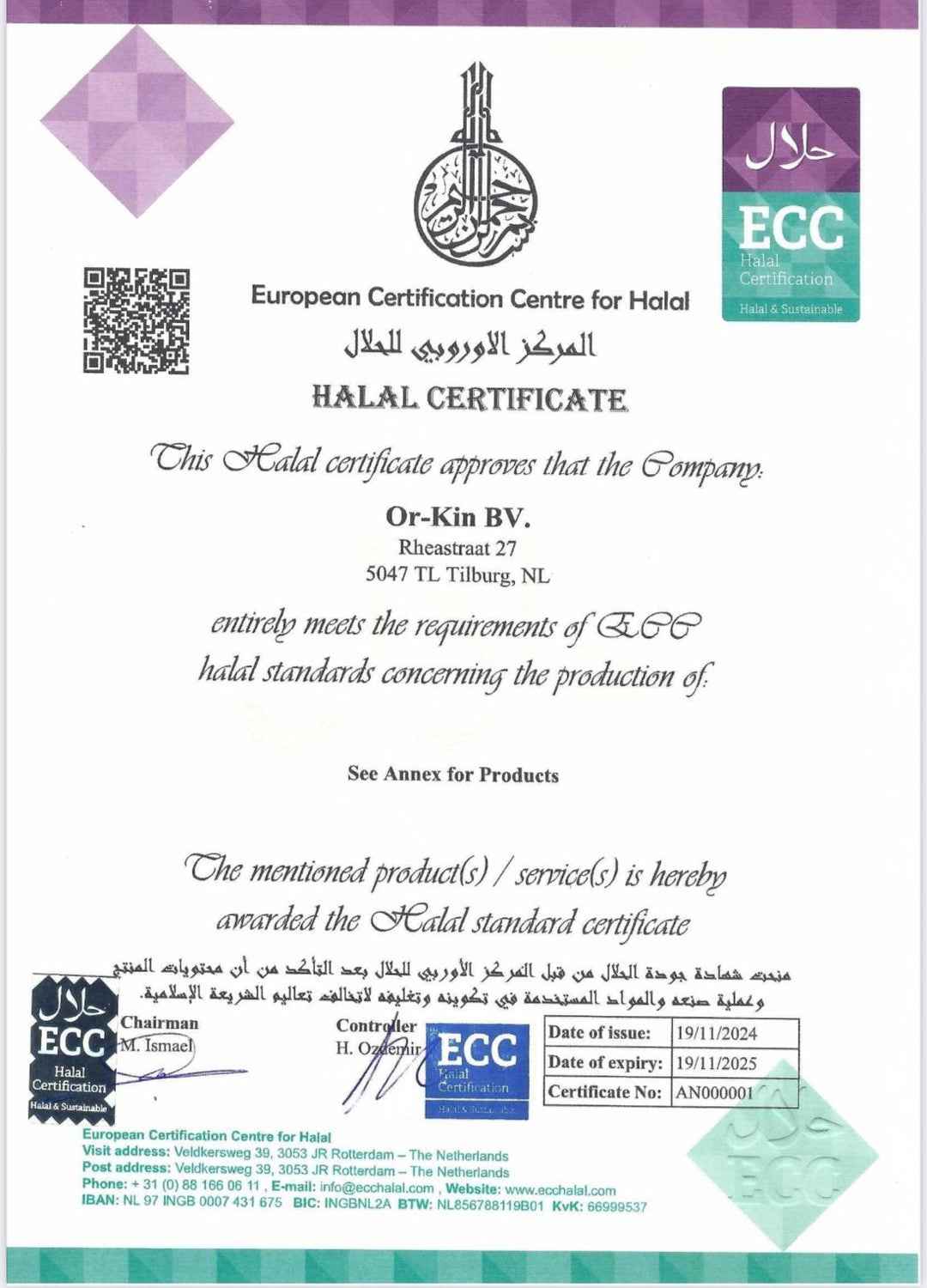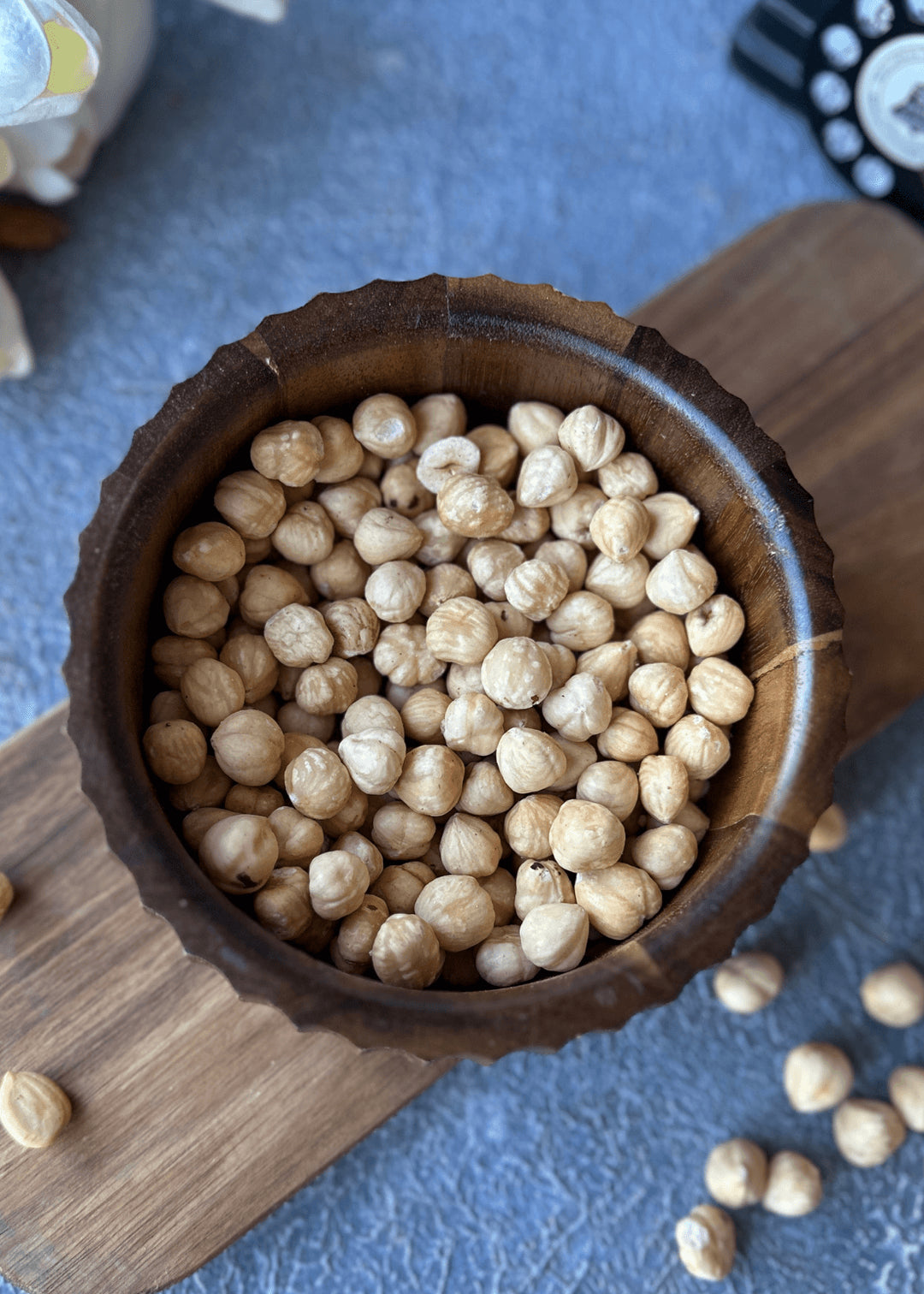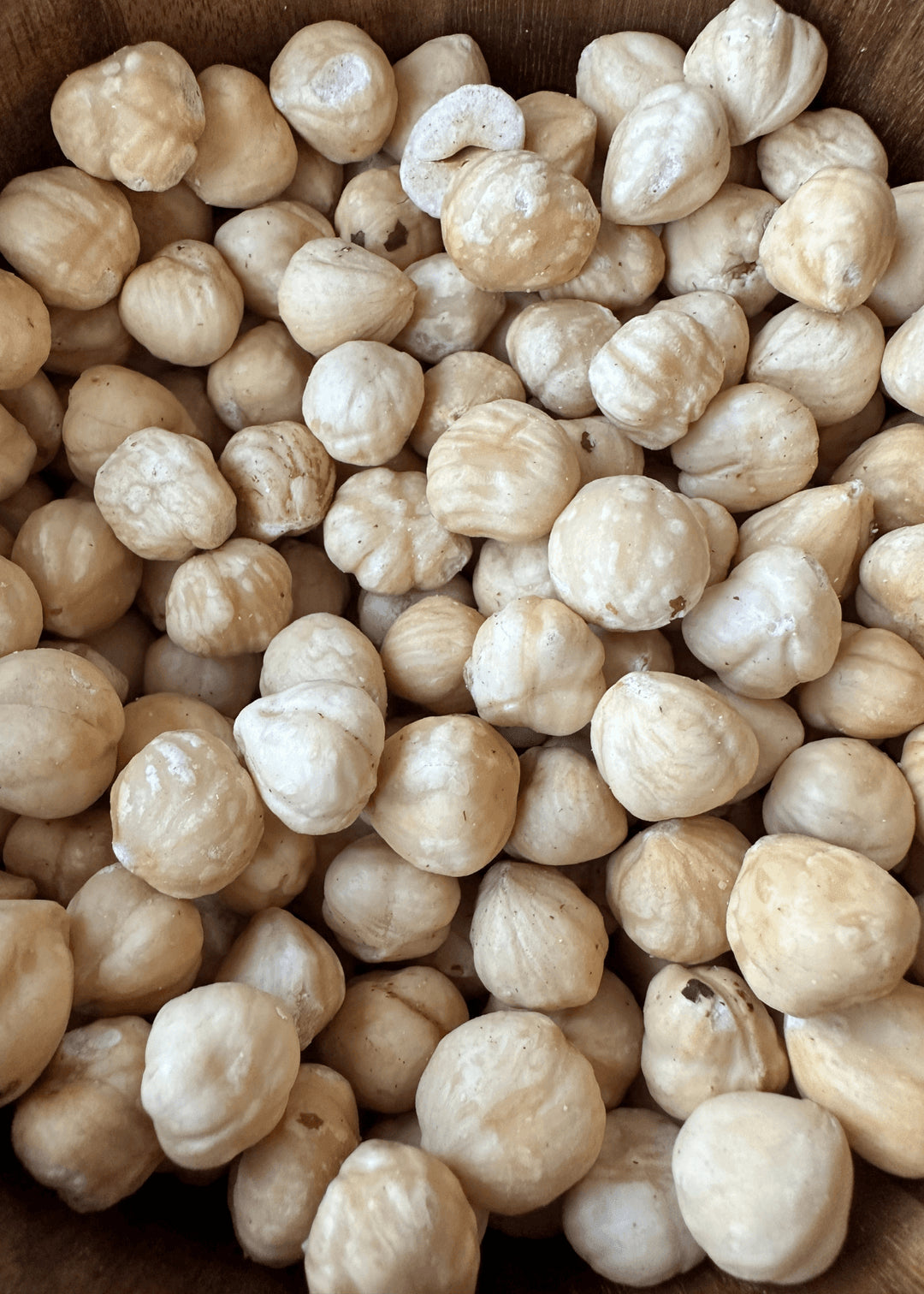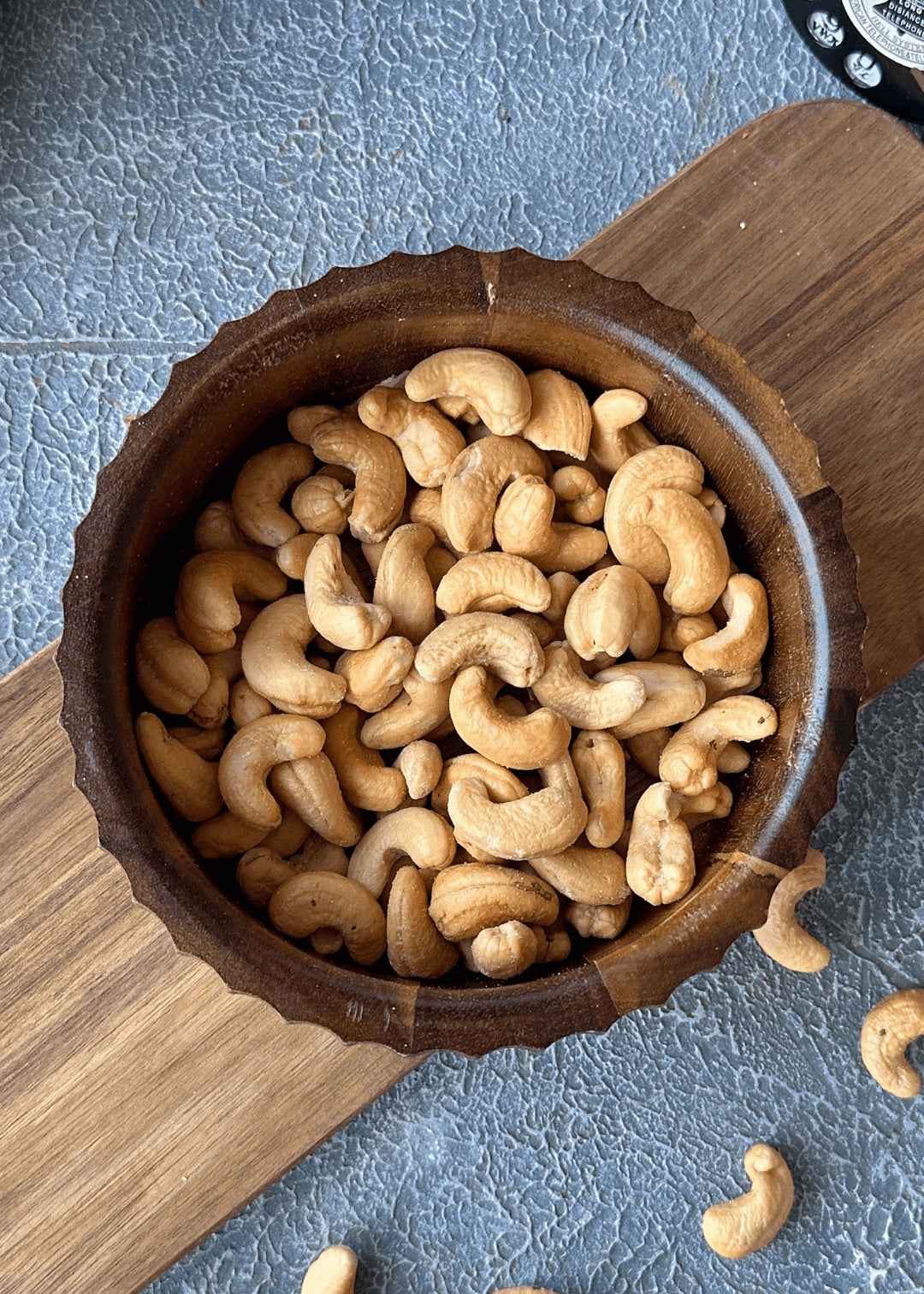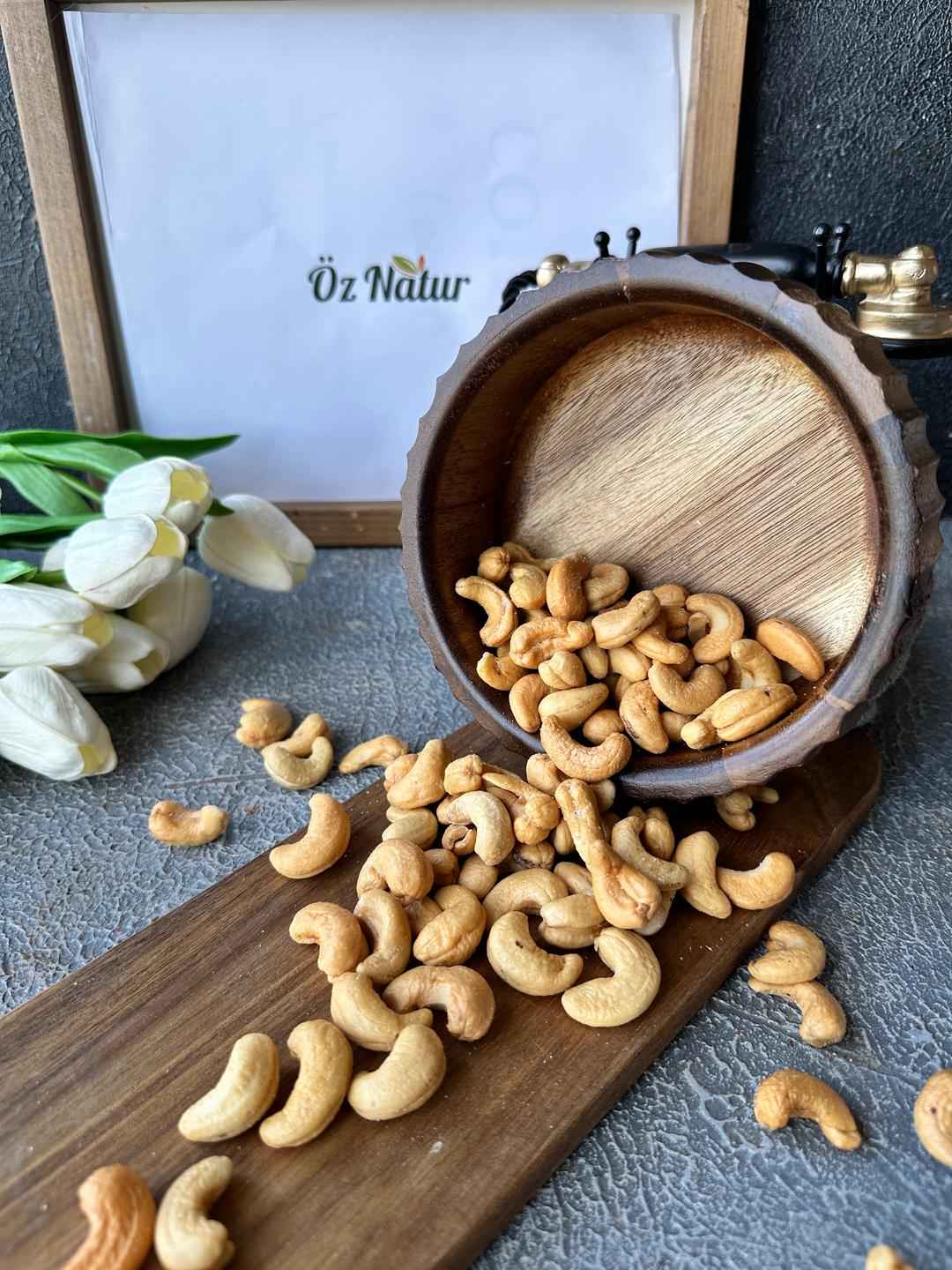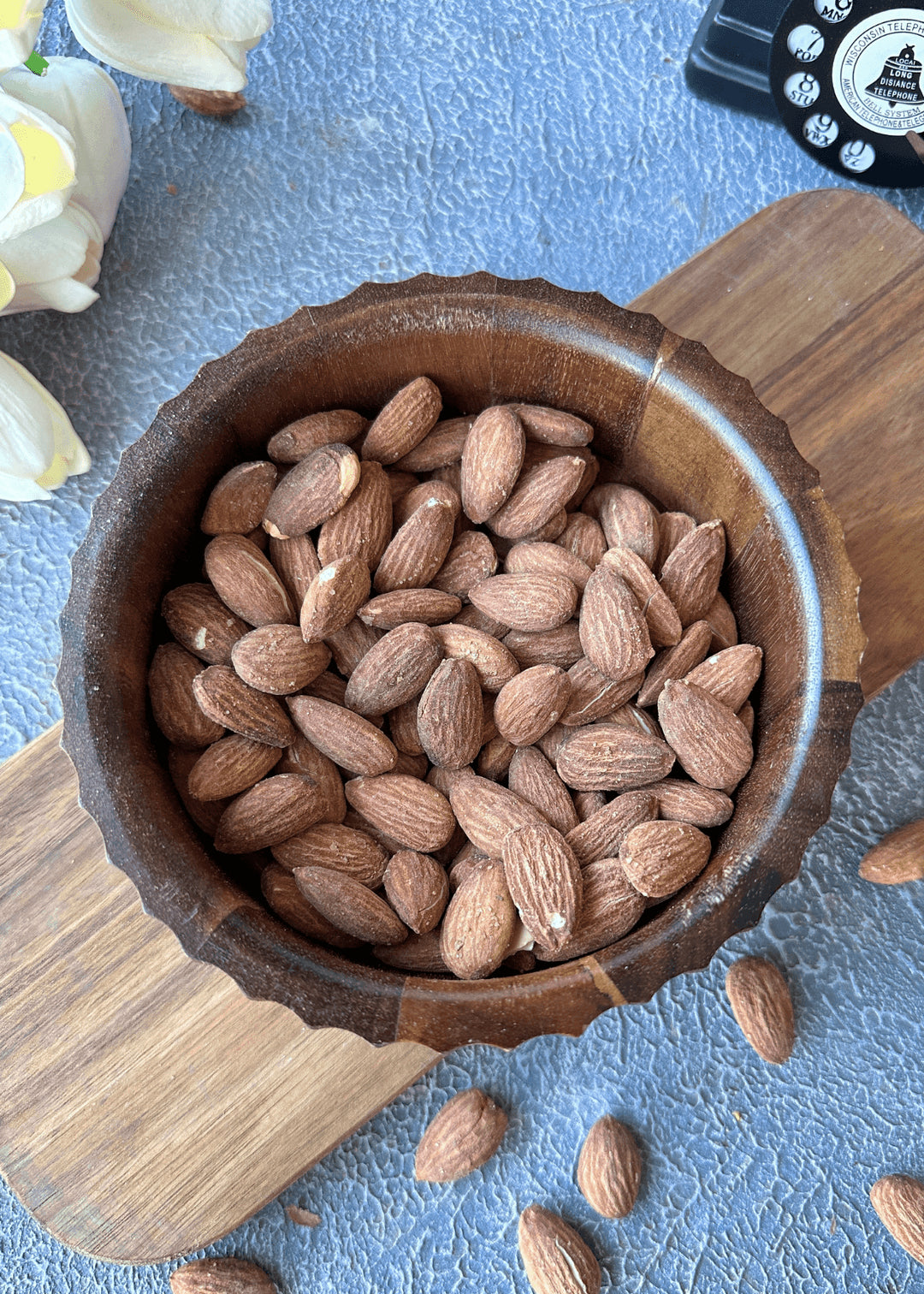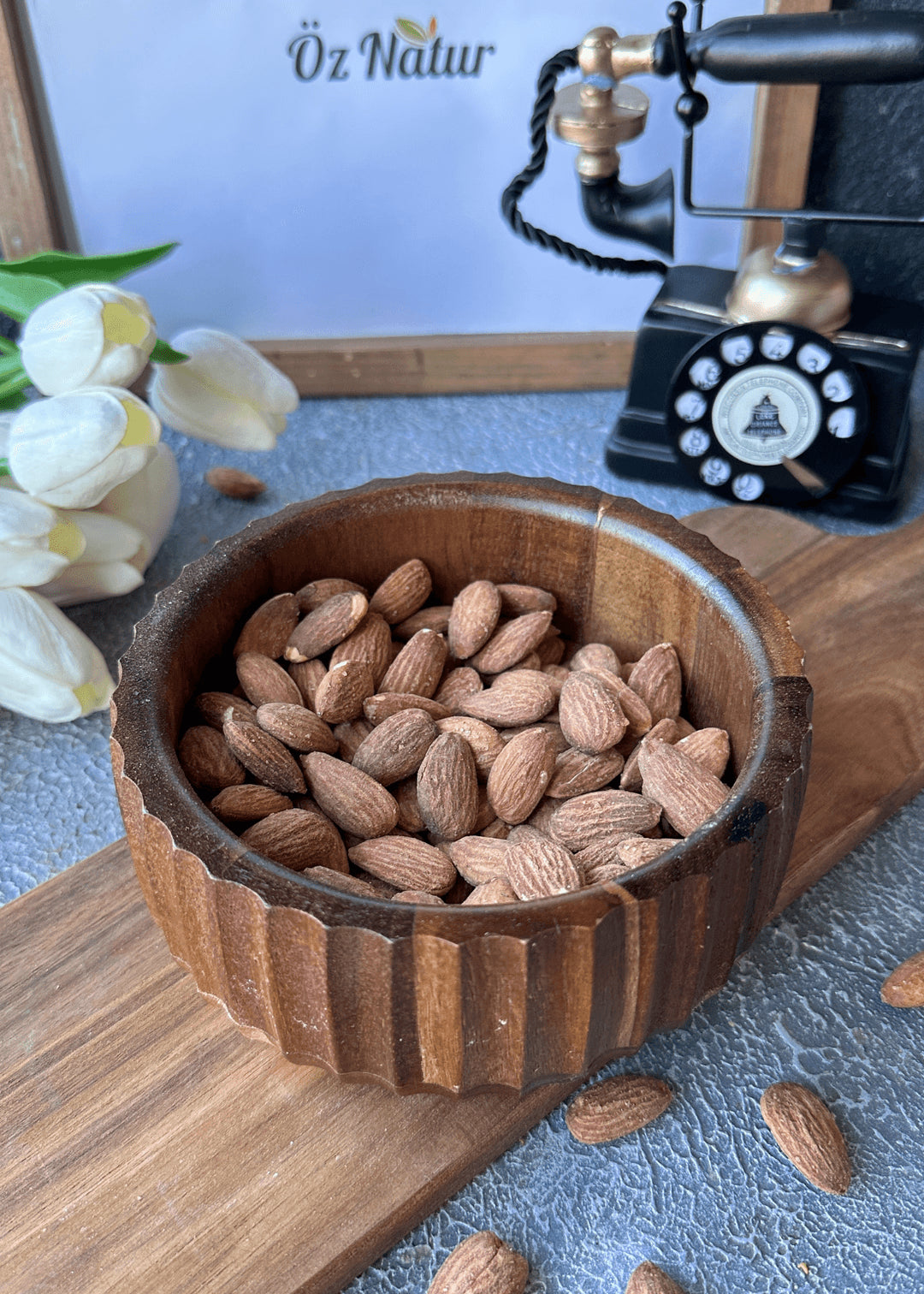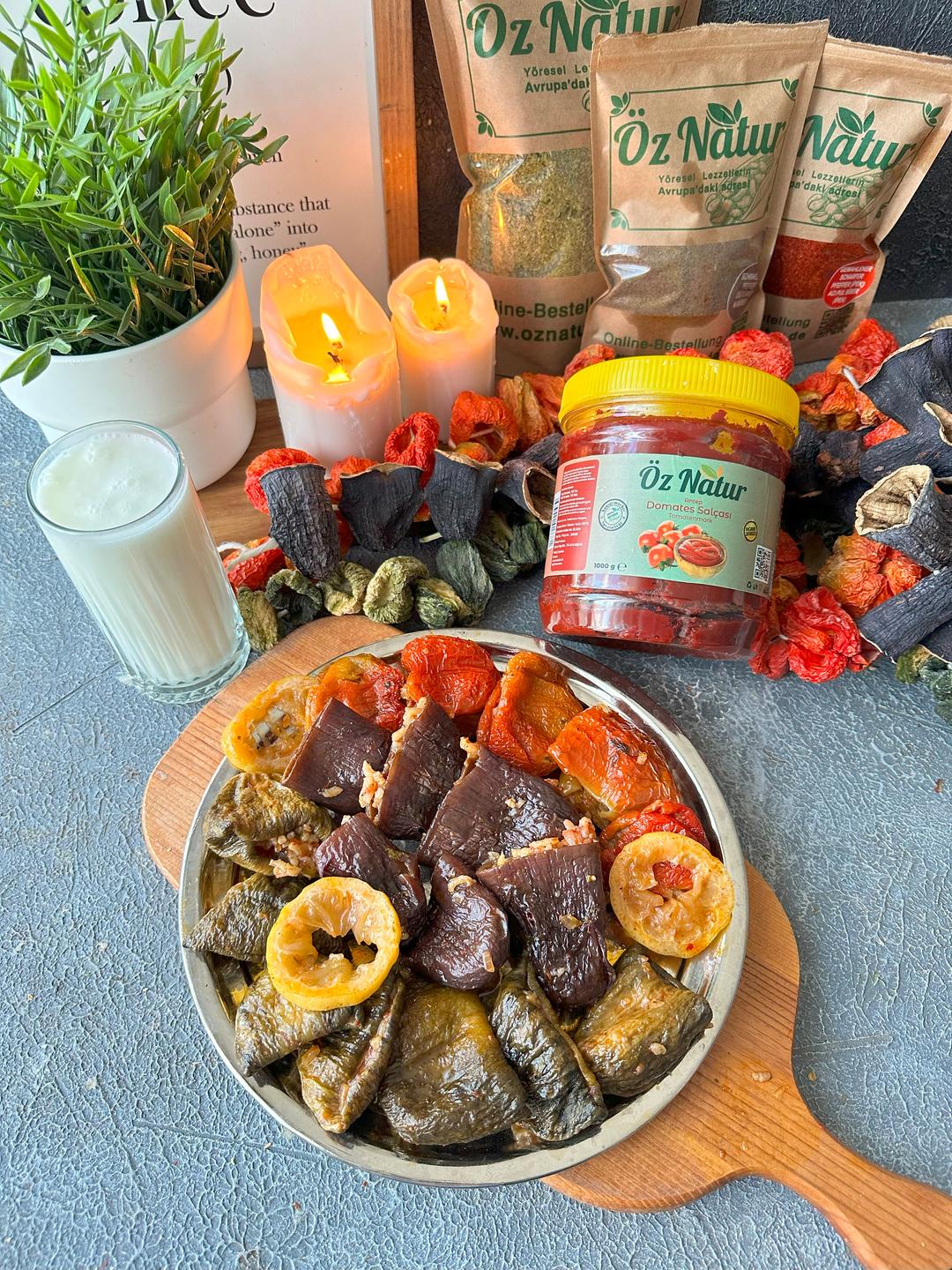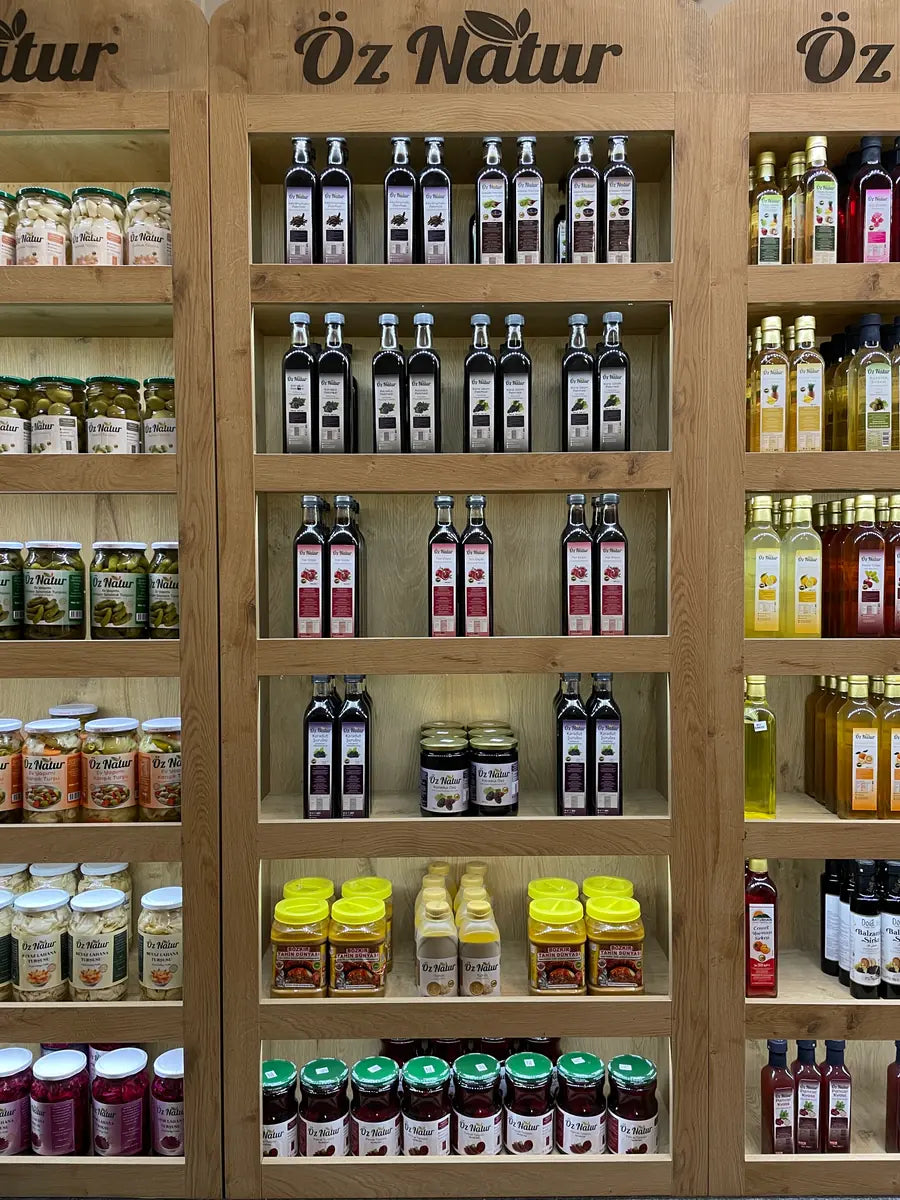Rose water is a traditional liquid obtained by distilling rose petals. Throughout history, it has been used in both culinary and various everyday applications. Rose water can be added to dishes and beverages for flavor, or used in aromatic products to provide a pleasant fragrance.
Ways to Use Rose Water
Rose water can be incorporated in different ways. It can be added to recipes as a flavoring component or used in applications where fragrance and aroma are desired.
Cultural and Traditional Usage
Rose water has held an important place in various cultures over time. During the Ottoman period, it was used in desserts and sherbets in palace kitchens. In Indian culture, it was used in Ayurveda practices. In the Middle East and South Asia, it was incorporated into weddings and religious ceremonies for its pleasant aroma. Today, rose water continues to be used in both culinary and aromatic applications.




